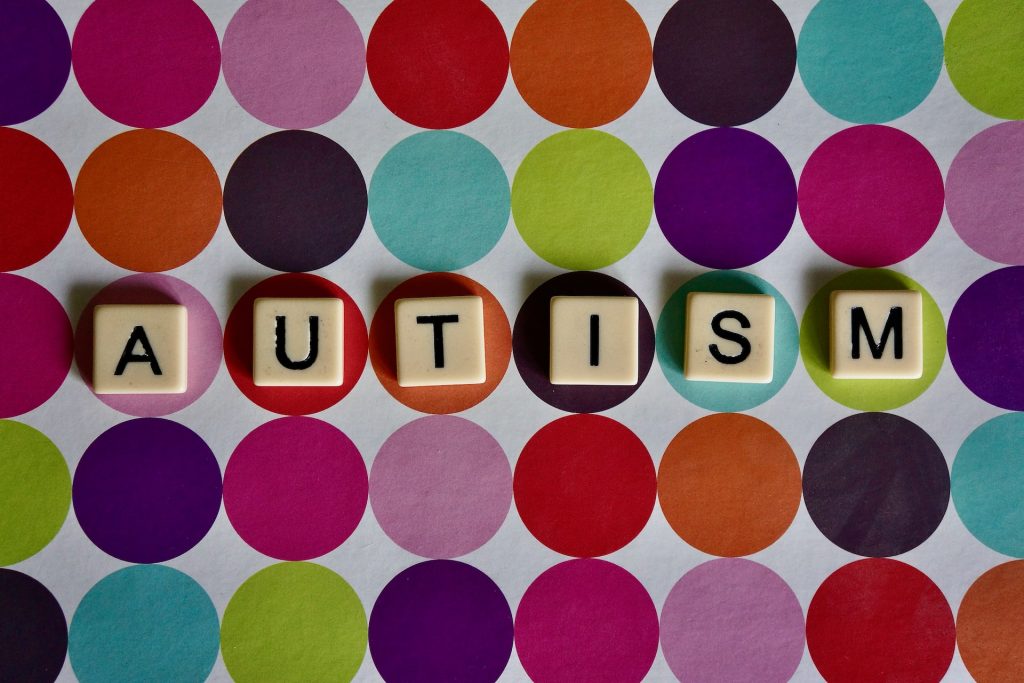Differences in Object Grasping may Offer Simpler Diagnosis for Autism

Getting a timely diagnosis of autism spectrum disorder is a major challenge, but new research out of York University shows that how young adults, and potentially children, grasp objects could offer a simpler way to diagnose someone on the autism spectrum.
The team, part of an international collaboration, used machine learning to analyse naturalistic hand movements – specifically, finger motions during grasping – in autistic and non-autistic individuals. Surprisingly, none of the simpler measures, such as time to grasp (reported to be slower in autistic adults), proved to be a reliable predictor.
“Our models were able to classify autism with approximately 85 per cent accuracy, suggesting this approach could potentially offer simpler, scalable tools for diagnosis,” says lead author, Associate Professor Erez Freud of York’s Department of Psychology and the Centre for Vision Research.
“Autism currently affects about one in 50 Canadian children, and timely, accessible diagnosis remains a major challenge. Our findings add to the growing body of research suggesting that subtle motor patterns may provide valuable diagnostic signals – something not yet widely leveraged in clinical practice.”
In addition to social and communication challenges, autism, a neurodevelopmental disorder, can include motor abnormalities which often show up in early childhood. The researchers say testing for these motor movements early could lead to faster diagnoses and intervention.
“The main behaviours markers for diagnosis are focused on those with relatively late onset and the motor markers that can be captured very early in childhood may thus lower age of diagnosis,” says Professor Batsheva Hadad of the University of Haifa, an expert in autism research and a key collaborator in this study.
Autistic and non-autistic young adult participants were asked to use their thumbs and index fingers, which had tracking markers attached, to grasp different blocks of varying size, lift each one and replace it in the same spot, and put their hand back in the starting position. The researchers used machine learning to analyse the participants’ finger movements as they made grasping motions.
Both groups of participants had normal IQ and were matched on age and intelligence. Young adults were used instead of children to rule out any differences in the findings due to delayed development.
The research found that subtle motor control differences can be captured effectively with more than 84% accuracy. The study also showed there were distinct kinematic properties in the grasping movements between autistic and non-autistic participants.
Analysis of naturalistic precision grasping tasks has not typically been used in previous studies, says Freud. Machine learning, however, provides researchers with a powerful new tool to analyse motor patterns, opening new ways to use movement data in the assessment of autism spectrum disorder.
The findings, says Freud, could lead to the development of more accessible and reliable diagnostic tools as well as timely intervention and support that could improve outcomes for autistic individuals in the future.
The paper, Effective autism classification through grasping kinematics, was published in the journal Autism Research.
Source: York University


